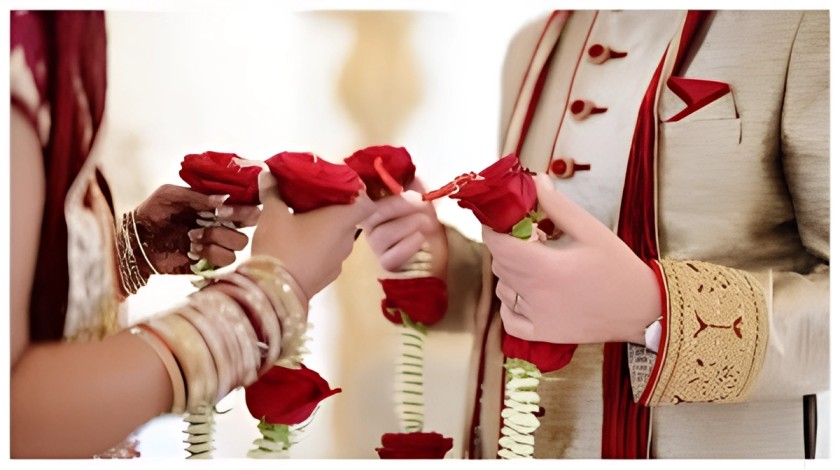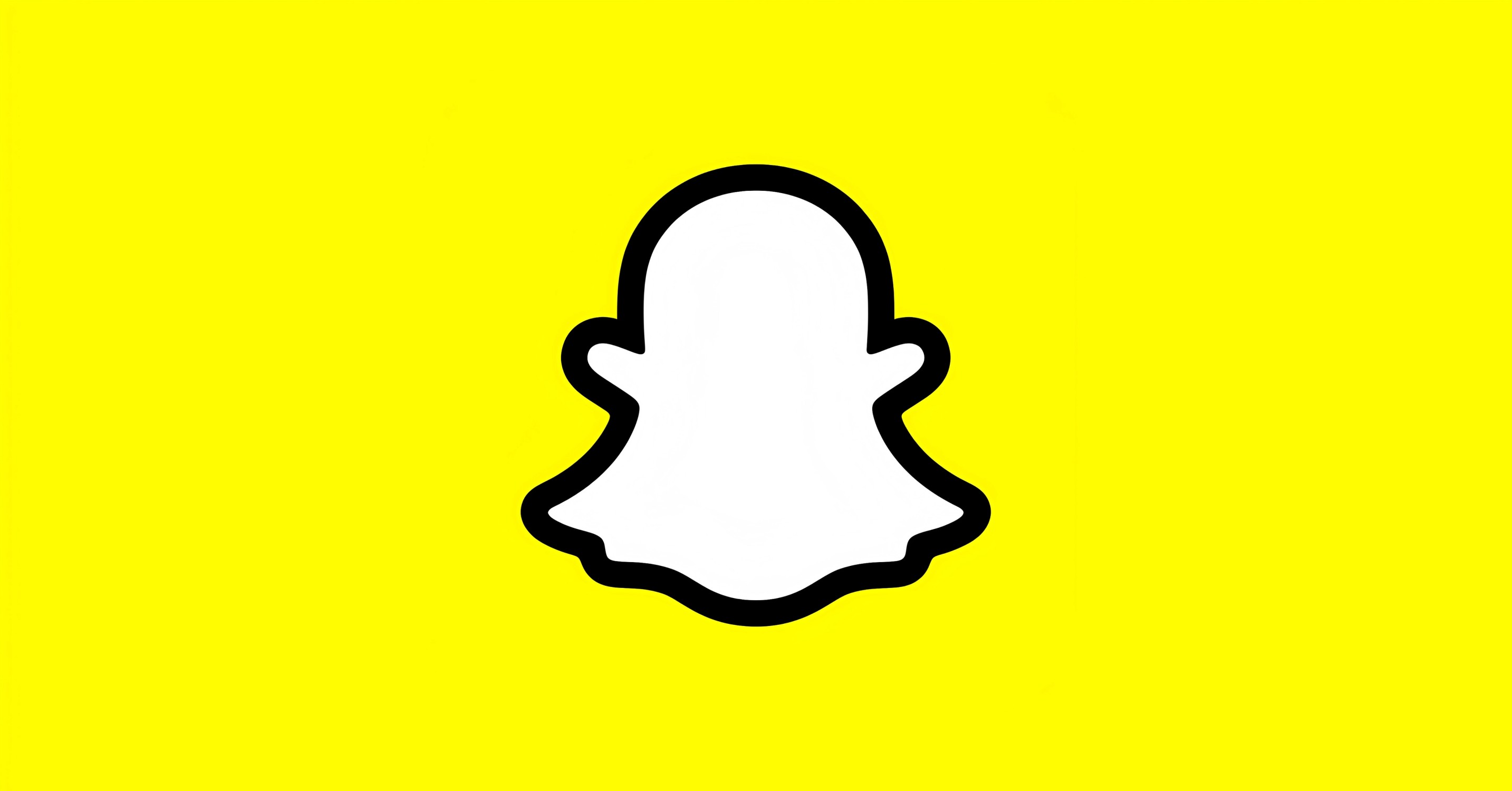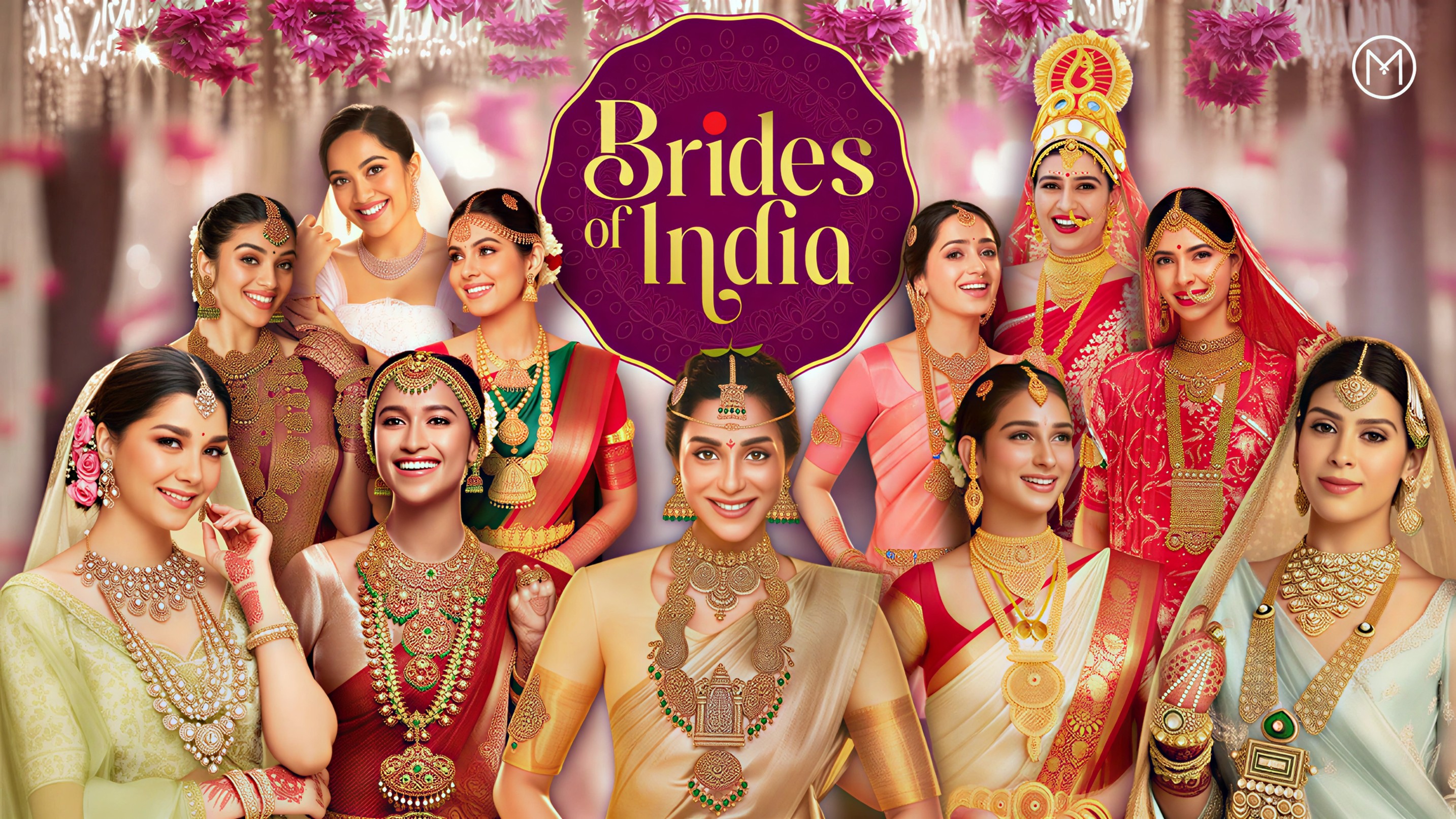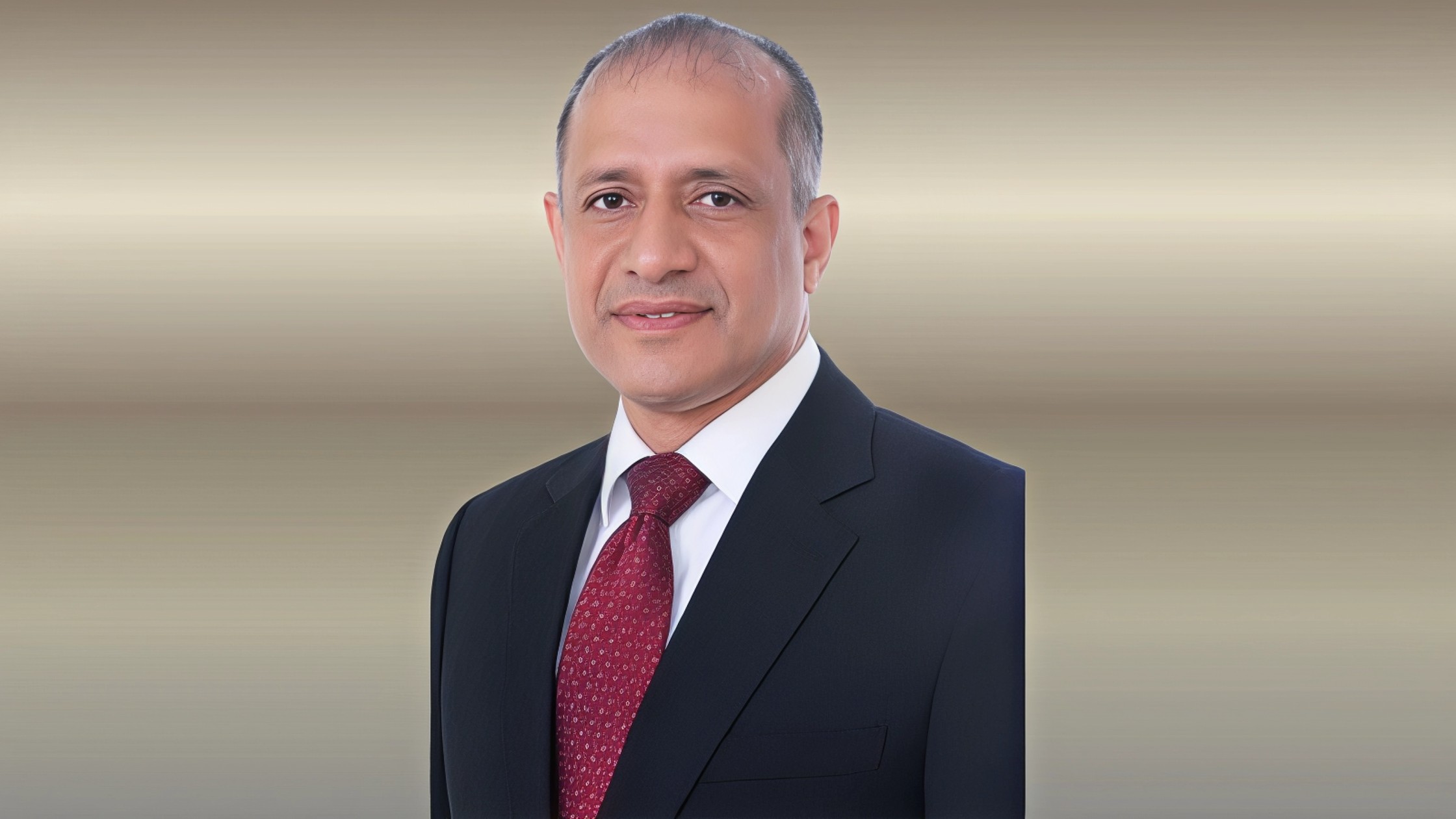Festivals may mark the calendar, but in sheer economic weight nothing in India quite matches the crush of wedding season. This year, that energy is set to reach historic scale. In a forty five day window from early November to mid December, an estimated forty six lakh ceremonies are expected to take place across the country, fuelling what observers are calling the most intense Indian wedding economy cycle to date.
Trade body estimates suggest these events together could inject around six and a half lakh crore rupees into the system. That figure does not just eclipse the festive season it makes it look like a warm up act. While the number of weddings is slightly lower than last year, overall spending continues its steady climb from nearly six lakh crore in twenty four and just under five lakh crore in twenty three.
What exactly is driving this surge in spending
A combination of higher disposable incomes, resilient consumer confidence and a cultural tendency to treat milestones as non negotiable celebrations is at play. Inflation in gold and other precious metals has not slowed demand. If anything, it has reinforced the perception that weddings are moments worth stretching for.
There is also a visible shift towards local choices. The Confederation of All India Traders notes that more than seventy per cent of purchases in categories such as apparel, jewellery, utensils and décor are now Swadeshi. Imported goods, including certain lighting and gift accessories, are seeing softer demand, while Indian artisans, jewellers and textile players are reporting strong order books.
ADVERTISEMENT
How does the money actually flow through the Indian wedding economy
On the goods side, the largest slices of spending go to
-
Jewellery at about fifteen per cent
-
Apparel and sarees near ten per cent
-
Electronics and electrical items around five per cent
-
Dry fruits and sweets at five per cent
-
Grocery and vegetables at five per cent
In services, the distribution looks different
-
Catering commands close to ten per cent
-
Event management firms receive around five per cent
-
Floral decoration sits at about four per cent
-
Travel and hospitality together take roughly three per cent
-
Musical groups, light and sound services, and photography and videography share the remaining major portions
These flows turn weddings into a powerful seasonal employment engine. More than one crore temporary and part time roles are expected to be created, from decorators and caterers to drivers, makeup artists and banquet staff. Micro, small and medium enterprises in textiles, jewellery, handicrafts, packaging and logistics also benefit from the surge.
The government, in turn, is projected to collect around seventy five thousand crore rupees in goods and services tax and related revenues.
How does the boom play out across regions
Different states ride different strengths. Delhi alone is expected to host close to ten per cent of this season ceremonies, roughly four point eight lakh weddings contributing around one point eight lakh crore rupees. Rajasthan and Gujarat continue to grow as destination hubs, while Uttar Pradesh and Punjab lean into tradition rich events with high décor and catering spends.
ADVERTISEMENT
Maharashtra and Karnataka see gains in banquet and event services, and southern states are capitalising on heritage and temple ceremonies that double as tourism magnets.
What new trends are reshaping wedding budgets
One of the most striking changes is the formal entry of digital into the core budget.
How is digital content changing the modern Indian wedding
-
One to two per cent of budgets now go to content creation and social media coverage
-
Families hire teams for cinematic films, real time reels and curated photo dumps
-
Online invitation platforms are replacing traditional printed cards in many urban circles
-
AI based planning tools are growing at more than twenty per cent on wedding linked demand
Families are also choosing India over overseas venues more often, preferring to invest in richer local experiences while still delivering the aspirational aesthetic they see online.
With record ceremony volumes, rising spends, strong local preference and digital content now firmly seated at the mandap, the Indian wedding economy is emerging as one of the country most resilient and culturally charged growth engines, powering jobs, small businesses and government revenues while keeping the celebration spirit firmly intact.
Follow Marketing Moves on Instagram and Facebook for industry insights, strategy breakdowns, and brand transformation stories.















